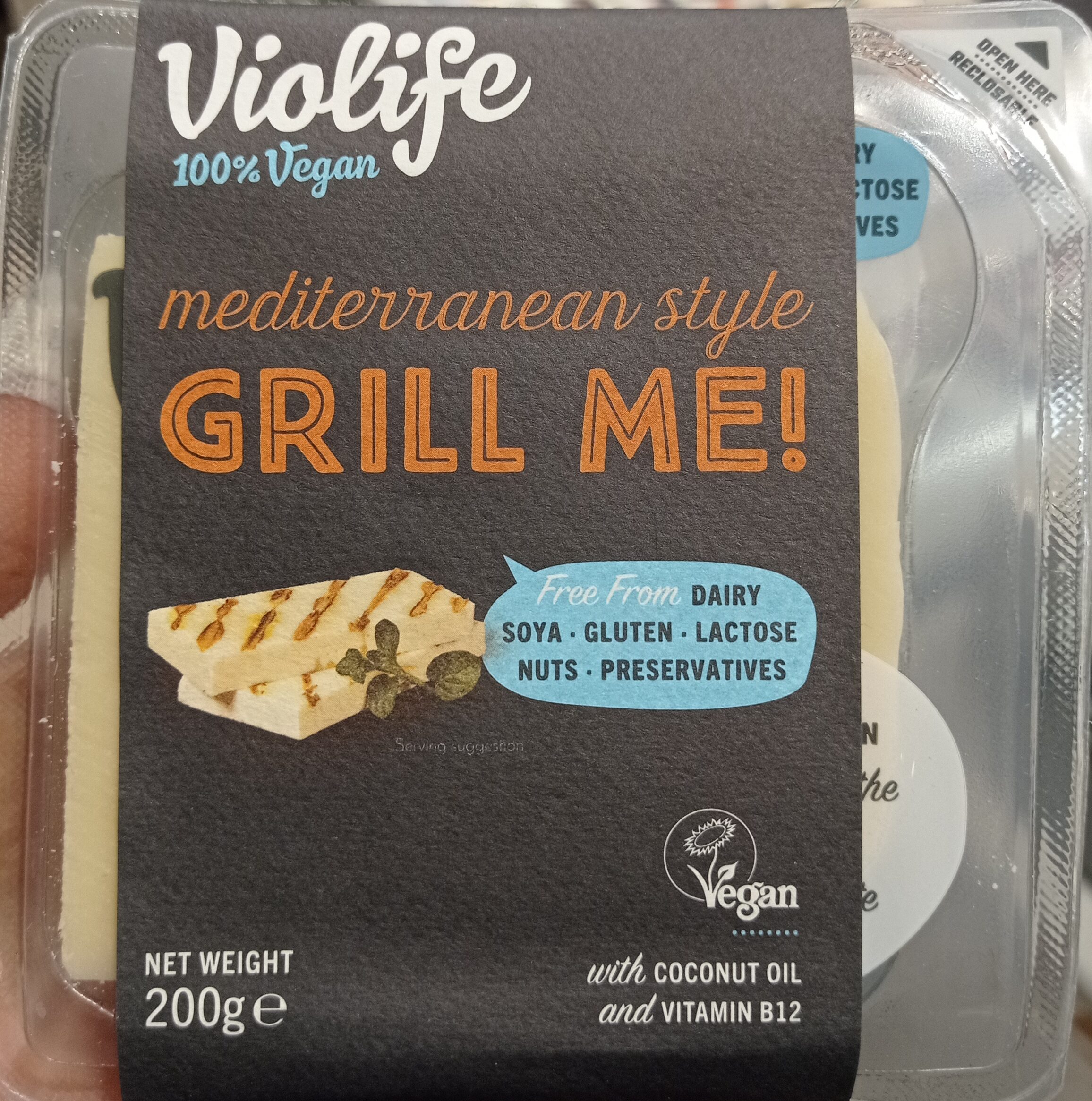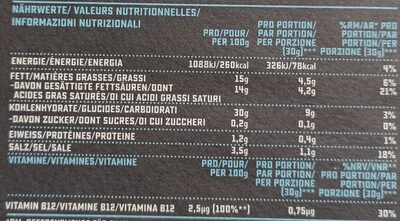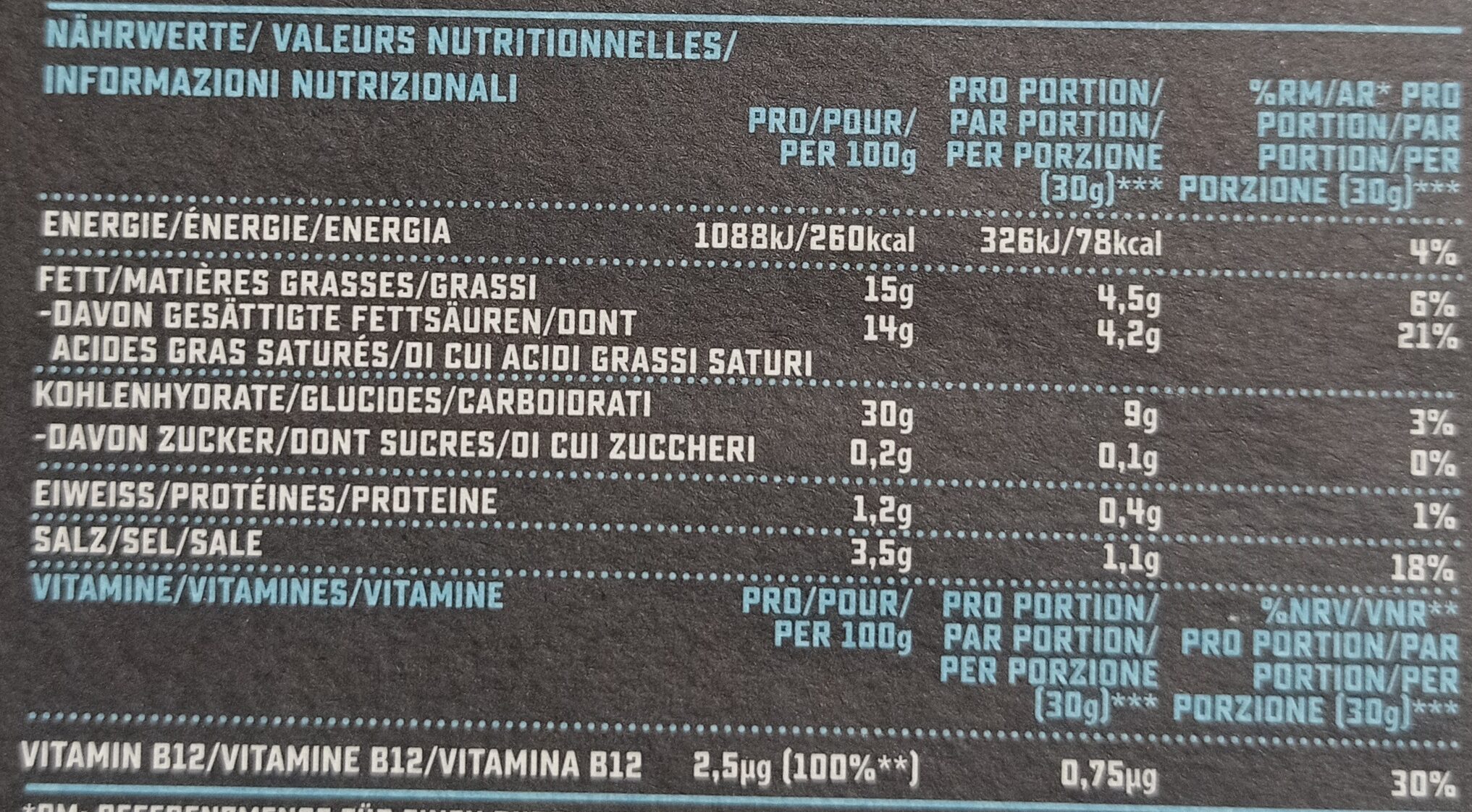Mediterranean style Grill me - Violife - 200 g
Aquesta pàgina del producte no està completa. Podeu ajudar a completar-la editant-la i afegint-hi més dades a partir de les fotos ja disponibles, o fent-ne més amb l'aplicació de androide o iPhone / iPad. Gràcies!
×
Codi de barres: 5202390019517 (EAN / EAN-13)
Quantitat: 200 g
Marques: Violife
Categories: Aliments i begudes amb base vegetal, Aliments amb base vegetal, en:Dairy substitutes, en:Cheese substitutes
Etiquetes, certificacions, premis:
Lliure de gluten, Vegetarià, Kosher, Vegà, Punt verd, Sense lactosa, La Societat Vegana

Codi de traçabilitat: FSC-C161636
Botigues: Rewe
Matching with your preferences
Entorn
Empaquetament
Transport
Report a problem
Fonts de dades
Producte afegit per kiliweb
Última modificació de la pàgina del producte per teolemon.
La pàgina del producte, també editada per acuario, autorotate-bot, elcoco, ethic-advisor, ethic-advisor.17cf91e3-52ee-4431-aebf-7d455dd610f0, inf, moon-rabbit, openfoodfacts-contributors, risajanda, roboto-app, thaialagata, yuka.ZHBFbVBKUmRudWNMeGZjejJqUGM0TTF3bTdta1FINlVkTXdXSVE9PQ.











